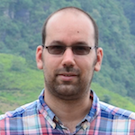Earth Science and Engineering
Under pressure—modeling human-induced earthquakes
A model incorporating the physics of ruptures provides valuable information about human-induced earthquakes.
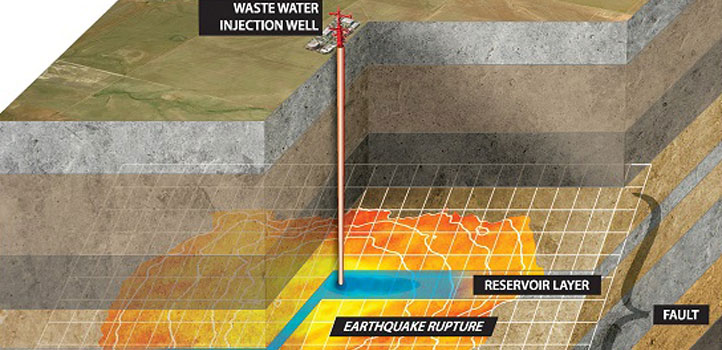
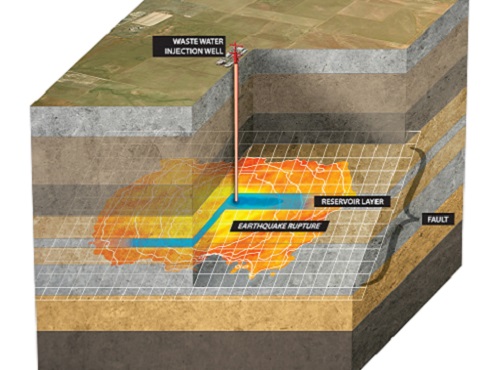
The researchers modeled various induced earthquake scenarios, such as this one triggered by wastewater injection into a subsurface reservoir layer crossed by a fault. The earthquake rupture grows larger than the zone pressurized by injection.
© 2017 M. Galis, J.P. Ampuero, P.M. Mai and F. Cappa
Observations of induced earthquakes inspired KAUST researchers to develop a physics-based rupture model to determine the conditions most likely to cause large earthquakes. Potentially hazardous earthquakes can be triggered by human activity, such as extracting oil and gas by fluid-injection or by pumping wastewater into underground reservoirs; however, we have little understanding of the conditions that determine earthquake size and prevent them becoming large and destructive.
KAUST postdoc Martin Galis, his supervisor Martin Mai and researchers from Caltech in the United States and Centre National de la Recherché Scientifique in France modeled the physics of earthquake faults. They combined computer modeling, the theory of fracture mechanics, and observational data to investigate the possible maximum magnitude of induced earthquakes.
“We wanted to discover which factors—such as increased fluid pressure within a reservoir due to injection—play a role in the final size of an earthquake,” says Galis. “To do this, we developed a model to estimate how friction, stress and pressure buildup affect rupturing.”
They were keen to determine the circumstances under which earthquake ruptures would stop naturally or become a dangerous runaway rupture.
“A runaway rupture is a self-sustaining rupture that propagates until it stops due to a barrier, such as a low-stress region or a geometrical obstacle,” says Mai. “In contrast, a self-arrested rupture will naturally stop by itself even without encountering a barrier; these could be considered safer because their size is limited.”
Their model shows that as a system is gradually loaded by fluid injection, self-arrested ruptures occur prior to runaway ones. There is a sudden, distinct transition to runaway ruptures that is controlled by the volume of injected fluid, friction levels and the stress on the fault. Interestingly, however, the size of self-arrested ruptures is determined by a product of pore pressure and total pressurized area. Ruptures can also grow beyond the area impacted by fluid pressure.
“This means that, while high-pressure injection into a small reservoir may still produce safe self-arrested ruptures, low-pressure injection into a larger reservoir may produce runaway ruptures,” says Galis. “This is consistent with real-world observations; the largest induced earthquakes are linked to low-pressure, large-scale wastewater disposal.”
Their results suggest there is no safe universal pressure limit for fluid injection. This has implications for industries using fluid injection because maintaining low pore-pressure alone may not prevent large earthquakes.
“Expanding the model to include specific stress patterns, fracture geometry and rock properties may help us to better understand behavior of natural earthquakes,” adds Galis.
References
-
Galis, M., Ampuero, J. P., Mai, P.M., & Cappa, F. Induced seismicity provides insights into why earthquake ruptures stop. Science Advances 3, eaap7528 (2017).| article
You might also like
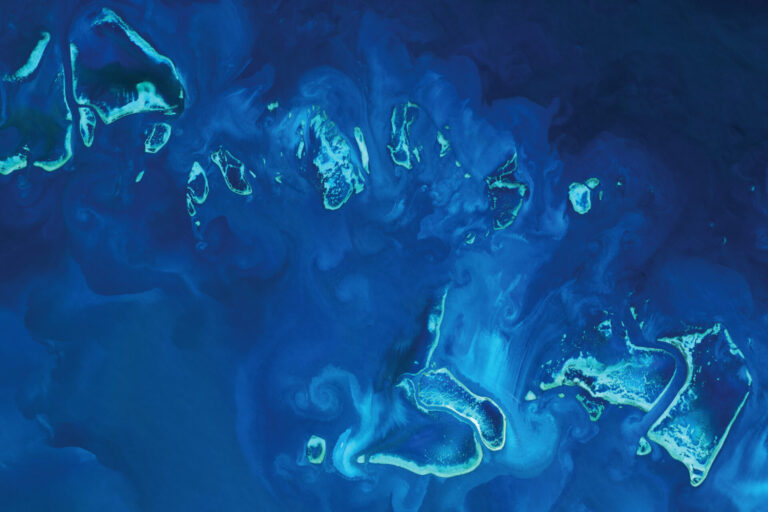
Earth Science and Engineering
Sensing color cues to monitor coral health in the Red Sea
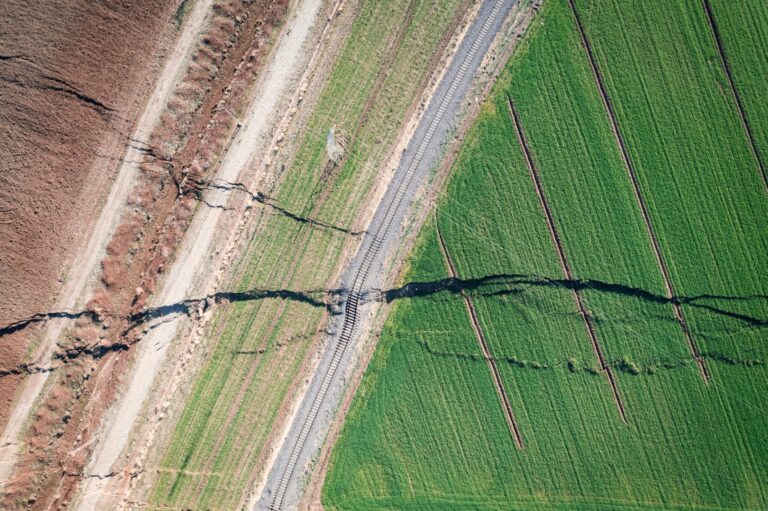
Earth Science and Engineering
Kahramanmaraş earthquake study showcases potential slip rate errors

Chemical Engineering
Unveiling the role of biomass-burning aerosols in atmospheric reactions

Earth Science and Engineering
Feeling the heat across the Middle East
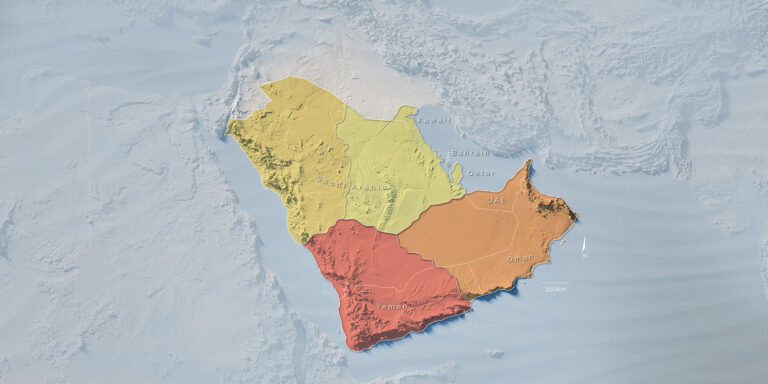
Applied Mathematics and Computational Sciences
Past and future drought patterns across the Arabian Peninsula

Earth Science and Engineering
Fewer major earthquakes for the northern Dead Sea Fault

Applied Mathematics and Computational Sciences
Measuring the impact of desert greening

Applied Mathematics and Computational Sciences




